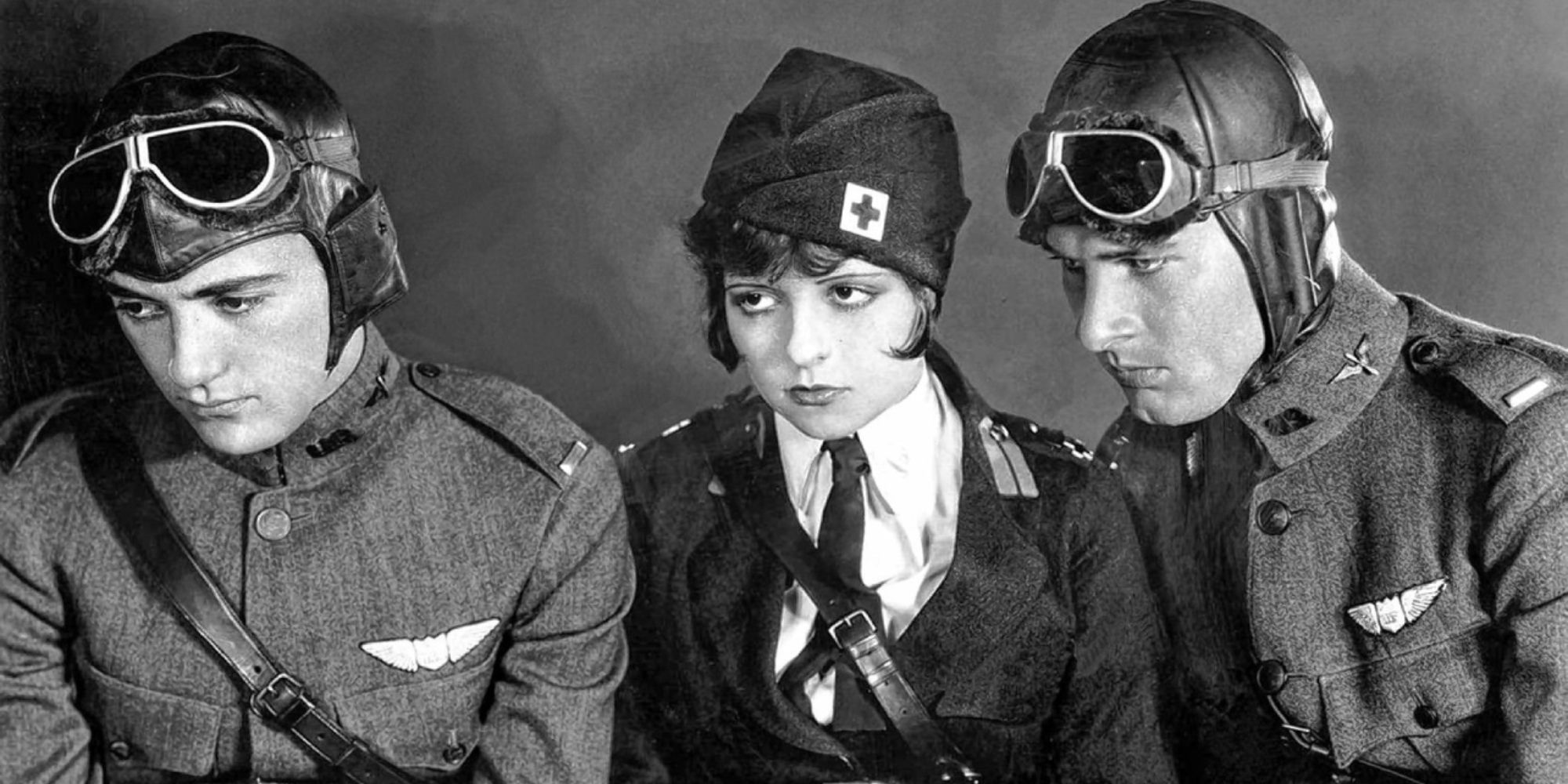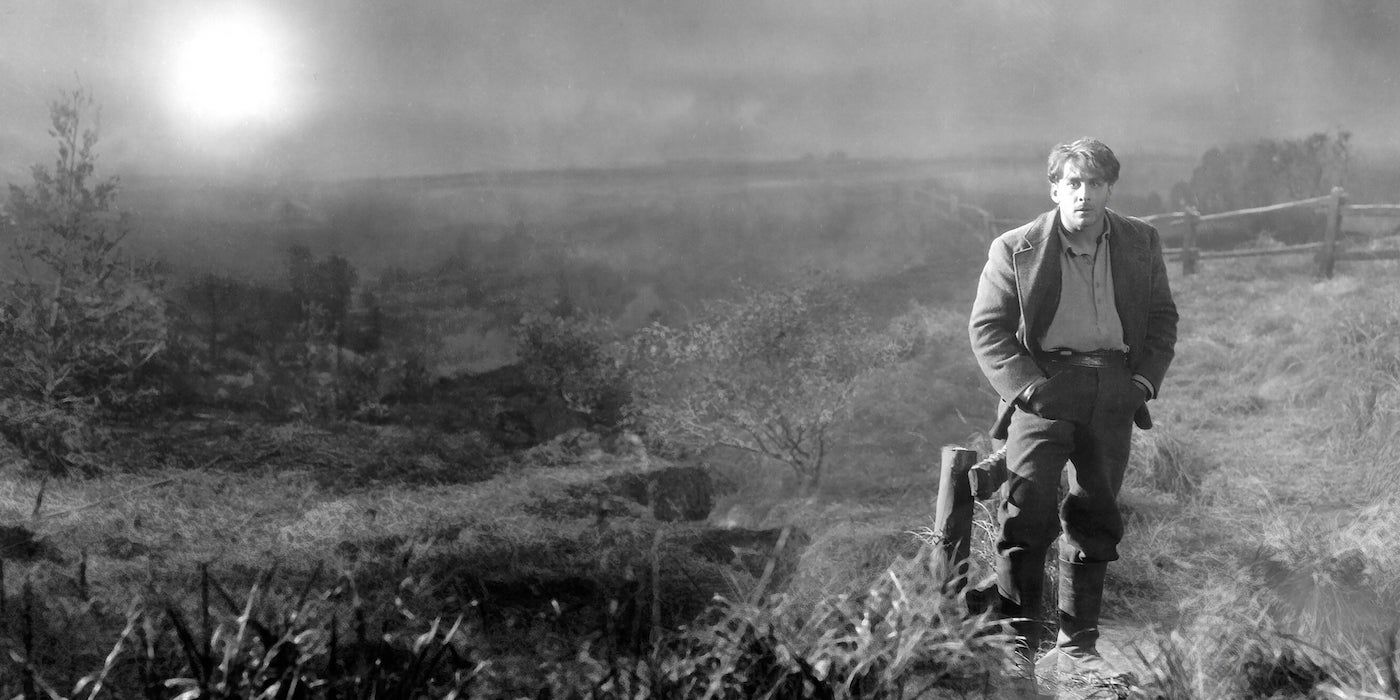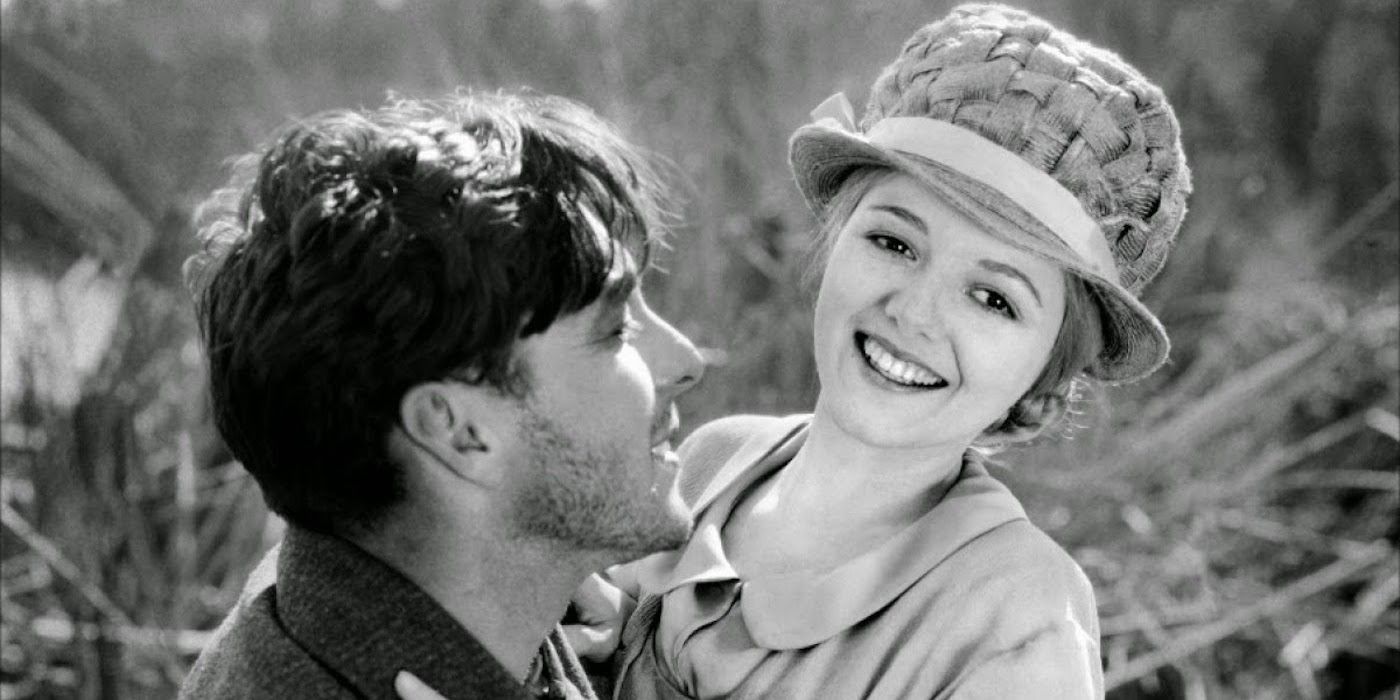Here’s a quick question for you: what was the first movie ever to win an Academy Award for Best Picture? If you’re an Oscar buff, chances are that you didn’t even blink before answering the obvious: it was Wings, William A. Wellman’s 1927 silent war romance about two pilots fighting for the love of the same woman. But what if I told you that you are wrong? Or, rather, what if I told you that you are only half right? History is frequently a lot more complicated than what we believe, and the history of the Academy Awards is no exception to this rule. Sure, Wings was indeed the first film to win an Oscar for Best Picture, but so was another, less remembered classic: F. W. Murnau’s Sunrise: A Song of Two Humans.
Yes, you read that right: the 1st Academy Award for Best Picture was actually split between two movies. However, only one of these films is featured in official timelines and montages that chronicle the evolution of the Oscars. The other one was reduced to a footnote in the awards’ history, to the point where it actually got mocked by Cameron Diaz in the 2020 ceremony without a single mention of its Best Picture status. How on Earth could the Academy allow something like this to happen? Well, to answer this question, we first have to understand how Sunrise and Wings came to be awarded in the same ceremony.
The First Academy Awards Had Not Just One, But Two Best Picture Categories
Held for the first time at the Hollywood Roosevelt Hotel, on May 16, 1929, the Academy Awards present themselves as a ceremony devoted to recognizing the very best there is in the world of cinema - at least, according to the opinions of the members of the Academy of Motion Pictures Arts and Sciences. From sound editing to screenwriting, there is an award for almost every part of the movie-making process. The most important award of the night, however, is the one for Best Picture, most recently won by Daniel Kwan and Daniel Scheinert’s Everything Everywhere All at Once.
And, just like the Oscars themselves, the award for Best Picture dates all the way back to 1929. However, when the category first came into being, it had a somewhat different name. And, most importantly, the Best Picture category wasn’t born as an only child. In the first Academy Awards ceremony, there were actually two categories devoted to outstanding filmmaking as a whole. The first one was called Outstanding Picture, and that’s the prize that Wings took home. Wellman’s two-and-a-half-hour-long war flick beat Lewis Milestone’s noir The Racket and Frank Borzage’s melodrama 7th Heaven.
The other category was Unique and Artistic Picture, an award conceived as a way of honoring films that featured some degree of experimentation. The contenders, on that night of May 16, 1929, were King Vidor’s The Crowd, Merian C. Cooper and Ernest B. Schoedsack’s Chang: A Drama of the Wilderness, and, of course, the winner, Sunrise.
‘Sunrise: A Song of Two Humans’ Is a Classic Morality Tale with a Touch of German Expressionism
The first American movie by German director F. W. Murnau, best known for his work in the horror classic Nosferatu, Sunrise: A Song of Two Humans is a melodramatic morality tale about a nameless man (George O’Brien) and his wife (Janet Gaynor) falling back in love with one another. Seduced by a big city interloper (Margaret Livingston), O’Brien’s farmer is convinced to kill his wife in order to live the rest of his life beside his mistress. The plan is to drown her and make it all look like a boating accident. But, at the last minute, the farmer falters. His wife, having realized what he was about to do, runs away, escaping into the big city. The farmer follows her, and the two find love once again amid weddings, carnivals, and fancy balls. On their way back home, Gaynor’s character is almost killed in a real boating accident, making her husband fall into despair and nearly murder his big city lover. However, everything turns out alright when she is rescued by a seasoned sailor. The film ends with the farmer and his wife back together, now happier and more in love than ever.
It’s a premise that sure hasn’t aged well. Between the big city temptress and the devoted wife returning to the man that tried to kill her, it’s hard to pinpoint which plot element spouts the most outdated morals. However, Sunrise’s strong suit was never its story. The plot is merely a vehicle for an incredibly shot movie that surprisingly withstands the test of time. It is indeed a unique and artistic feature. Though toned down to a wider American audience, the movie is made with all the elements of German expressionism, from the imposing music to the sharp, contrasting lighting to the disproportionally large scenery meant to convey the characters’ emotions. The camera work both scares and delights us with how well it captures the farmer and his wife’s feelings throughout the story. The couple’s foray into the big city is so amusing to watch that we almost forget how they ended up there in the first place.
Sunrise is definitely an impressive achievement in filmmaking, and the Academy had no trouble recognizing it as such. Besides the Unique and Artistic Picture award, the movie also took home the trophy for Best Cinematography (Charles Rosher). Its art direction by Rochus Gliese was also nominated, losing for William Cameron Menzies’ work in both The Dove and Tempest. Janet Gaynor was chosen as Best Actress for her work as The Wife, as well as for her roles in 7th Heaven and Street Angel.
Why Was ‘Sunrise’s Oscar All But Erased from the Academy Awards’ History?
If you open the Oscars official gallery for the 1929 ceremony, you will find a picture of Gaynor as the first person ever to win the Best Actress award. However, if you look at the Best Picture, well, picture, all you’ll see is a poster of Wings. Why isn’t Sunrise’s award for Unique and Artistic Picture recognized to the same extent as the trophies received by its star and its fellow Outstanding Picture winner? One possible explanation is that the Unique and Artistic Picture category got cut from the Academy Awards less than a year after its creation. Held on April 3, 1930, the 2nd Academy Awards featured only the prize for Outstanding Picture. This was the category that evolved into what we now call Best Picture. So, indeed, if we follow just the Outstanding Picture timeline, there is no reason to consider Sunrise the Best Picture winner.
However, the 1st Academy Awards also had two separate categories for directing. While Frank Borzage took home the trophy for Best Directing in a Dramatic Picture for 7th Heaven, Lewis Milestone was awarded Best Directing in a Comedy Picture for Two Arabian Knights. The two categories were fused into one in 1930. And, yet, on the Academy Awards’ website, both Borzage and Milestone are featured as Best Directing winners. They didn’t just pick one to be the official first.
The Unique and Artistic Picture prize wasn’t the only time the Academy considered recognizing more than one Best Picture in two different categories. In 2018, in a very “How do you do, fellow kids” move, they announced that they would be introducing a Best Popular Film category in an attempt to regain some of the Oscars’ lost relevance among modern audiences. After much backlash, however, they backed down. Thus, there is no way of knowing how the Academy would deal with a similar situation to that of Wings and Sunrise’s Oscars nowadays. After all, it isn’t as if Sunrise won a Best Documentary or Best Animated Feature award. It was recognized for its value as a live-action scripted feature film, and history should remember it for what it is: one of the first Academy Awards’ Best Picture winners.





